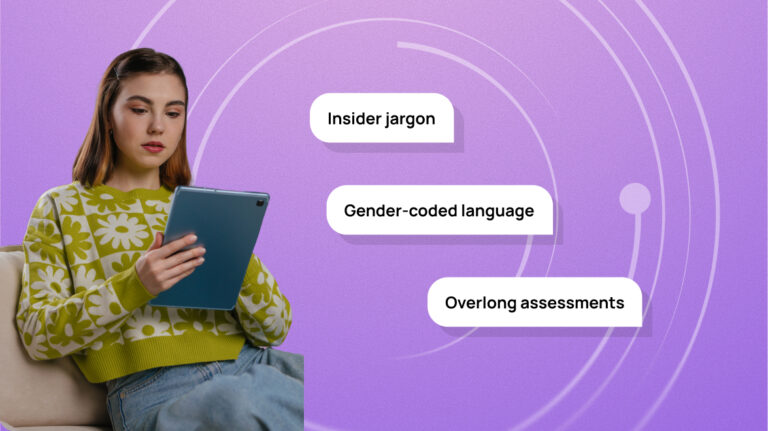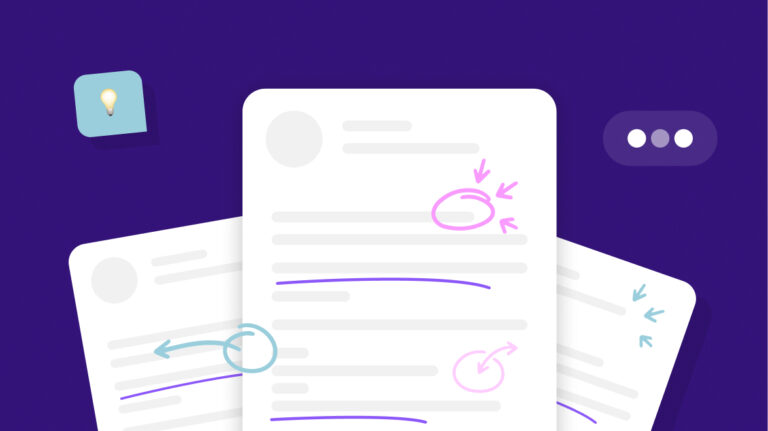Sapia.ai’s platform launches eight new languages to fuel further global expansion

Sapia.ai, the world’s only smart hiring automation platform powered by deep-learning AI, is further fueling its global expansion plans, launching eight new languages on its platform.
The platform now has the capability to engage with candidates in English, French, Spanish, Danish, Dutch, Finnish, German, Italian and Swedish. The move will not only allow Sapia.ai to further expand its services into other countries, but will also grow its data set, which sits at 12 million responses from 3 million global candidates. Sapia.ai is currently used in over 47 countries.
Global brands including Holland & Barrett and Qantas Group trust Sapia.ai to accelerate and enhance their recruitment and promotion processes. A conversational, Natural Language Processing (NLP) based chat AI interview assesses and screens for the best talent at scale via an easy-to-use messaging platform.
In addition to improving diversity outcomes by eliminating unconscious bias, it also allows companies to reallocate thousands of hours spent screening talent toward higher-value tasks.
“This new feature goes beyond just helping Sapia.ai’s global expansion plans; it’s something our clients have been asking us to implement for years. Companies are missing out on significant pools of experienced talent simply because their recruitment process excludes languages other than English.” Sapia,ai CEO and founder Barb Hyman said.
“While the vast majority of Australians speak English at home, this is not indicative of many other countries. In the US for example, over 66 million people (21.6% of the American population) speak a language other than English at home.”
“Even candidates who are fluent English speakers may feel more comfortable communicating in another language in an interview setting. This is all about giving your candidates a choice and improving their experience during the recruitment process. Today’s candidate is tomorrow’s customer.”
“At Sapia.ai, we want to help as many candidates feel as comfortable as possible in engaging with our platform and therefore make it as inclusive as possible.”
The release follows Sapia.ai’s launch of a new function that will detect and flag responses sourced by generative AI, such as ChatGPT.


